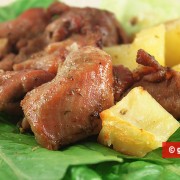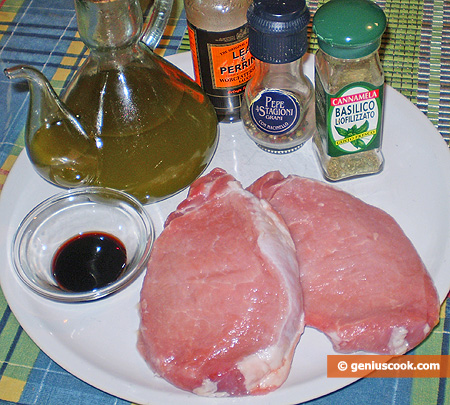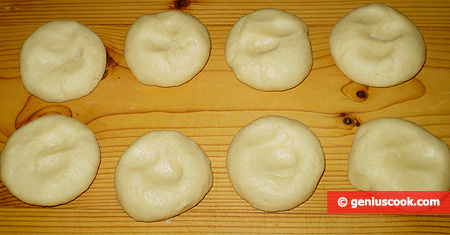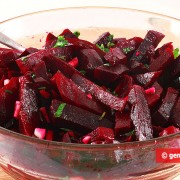How Balsamic Vinegar is Prepared
This is a continuation of the article Balsamic Vinegar – What Is It
The process of balsamic vinegar making includes 4 stages – grape picking, crushing, preparing the must and vinegar mellowing. Almost everything is done manually, with wicker baskets, wooden boxes, so that the grapes don’t get damaged.
Grape crushing, done by hand or mechanically, must be soft so that the tannins in the stalks and skins don’t hamper the progress of oxidation. Then the mass is filtered.
The must is prepared within 24 hours after crushing to avoid the initial fermentation. It is made in a copper or stainless steel tun. The liquid is evaporated for several hours on low heat, uncovered, so that it boils down to almost half its volume. The pigments in the must, when boiled in acid environment, turn to anthocyanins, giving the liquid a dark color. Then the must is cooled down and bottled in order to clean them of dregs and slime during several months.
After that the liquid is poured into wooden barrels of various volumes and made from various kinds of trees – chestnut, oak, cherry, mulberry, ash. There are traditionally 5 barrels laid out in a descending line, known as a battery.
Year after year as the balsamic vinegar is getting mellow it acquires the character, perfection and harmony of the organoleptic indices. Barrels are kept filled around 2/3 of the capacity for a period of 12 to 30 years. The annual evaporation is up to 10%, and to keep up the level of the liquid the barrel is filled from the previous one.
Each barrel brings its own shade of taste into the product. As the balsamic vinegar is moved from barrel to barrel through the years, it imbibes the substances, the spirit and the energy of each kind of wood, and by the end of its journey it comes out rich in flavors and aromas – which explains it being called balsamic.
The first draw-off is not until the 13th year. 3 liters of balsamic vinegar are drawn off and given over to experts – they must examine it for all the required qualities. After that the producer can bottle the vinegar, which is invariably done with a supervisor present. Then the supervisor affixes a seal confirming the origin and the quality of the product.
In the next article, we describe about the useful properties of balsamic vinegar
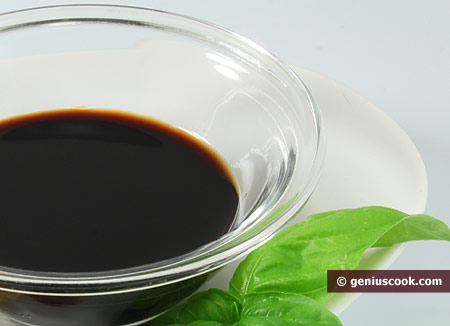
Balsamic Vinegar

